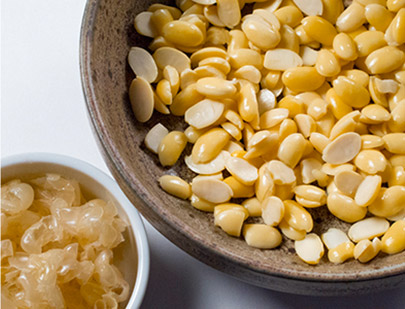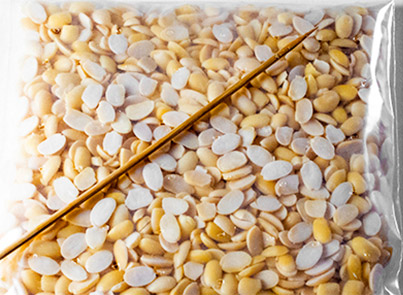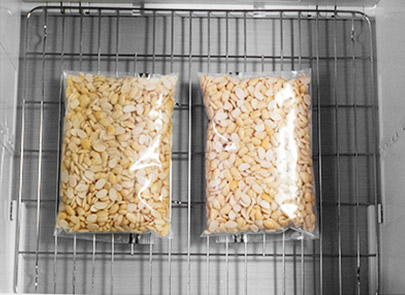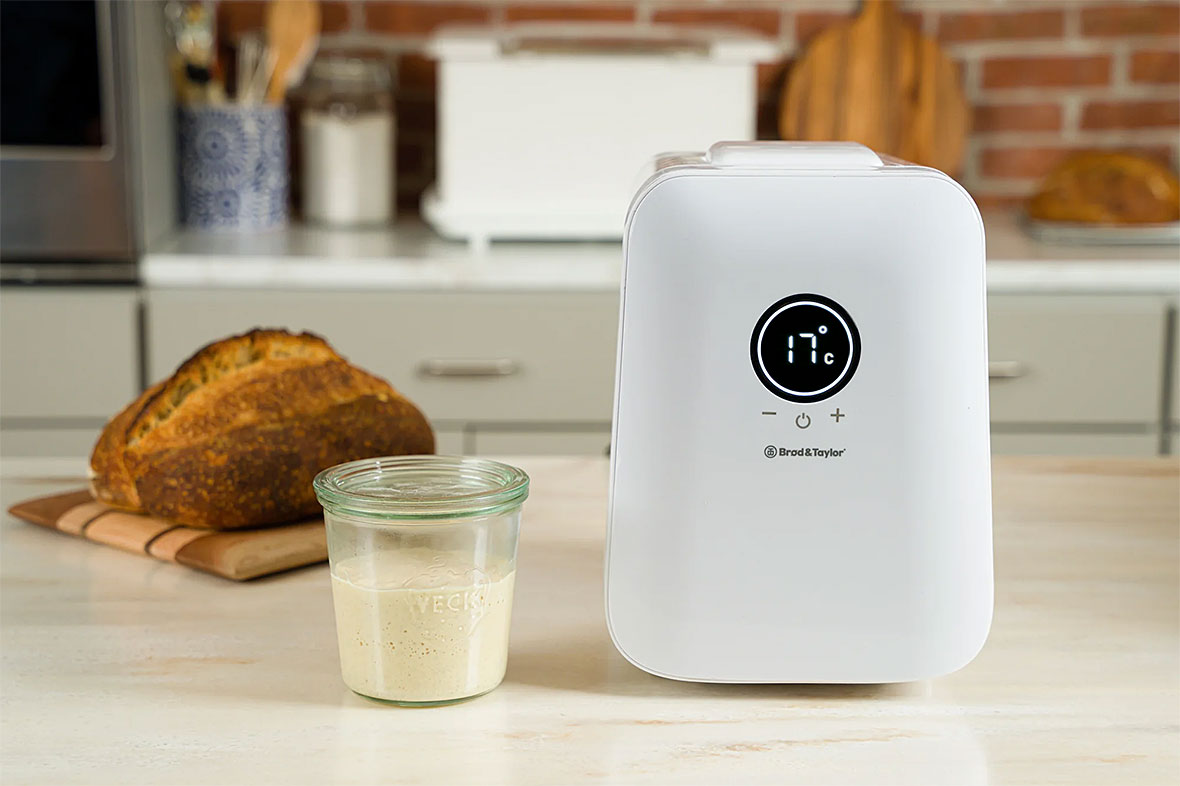The Soybean’s Best Kept Secret
The most widely consumed soy food in the world is barely known in the United States. Originating in Indonesia, tempeh is a minimally processed food made from whole soybeans. It is the major daily protein source for hundreds of millions in Southeast Asia and has no cholesterol. The nutty, savory flavor blends well with a wide range of recipes. Produced from fermentation, tempeh contains easy to digest nutrients and is a good source of calcium. Unlike highly processed, GMO soy-based foods (essentially soy-based chemicals) that have been linked to a range of health issues, tempeh is highly-digestible, nutritious, and made from whole soybeans. The Okinawans of Southern Japan, known for their longevity, eat a diet rich in fermented soy foods. It is easy to learn how to make tempeh. You just need dried soybeans, a spoonful of tempeh starter, some vinegar and a Folding Proofer.
Endless Culinary Possibilities with Homemade Tempeh
The culinary possibilities of tempeh are vast. Marinated, it quickly soaks up flavors of a sauce. It can be baked, grilled or fried. A quick web search reveals a wide range of recipes including Orange Pan-Glazed Tempeh, Tempeh Chili, Sweet Potato Tempeh Hash, Orange Ginger Tempeh and Brown Rice Salad, Curried Tempeh Grilled Cheese with Mango Chutney, and so many more. Follow the step-by-step instructions below to make your own tempeh in the Folding Proofer.
Yield: Two cakes, approximately 14 oz / 400 g each.
Timing: 12 hours to soak the beans, 45-60 minutes to dehull and split the beans, 30-45 minutes to cook the beans, and 24-48 hours in the Proofer.
| Ingredients | Quantity |
| Soy beans, whole dried | 340g |
| Vinegar, white distilled | 2 tablespoon |
| Tempeh Starter* | 1 teaspoon |
* Tempeh starter, also called powdered tempeh starter or tempeh culture, is a dried mixture of live Rhizopus spores with substrate, which can be soybeans or rice.
Equipment: Brød & Taylor Folding Proofer, large bowl, colander, 4-quart pot, 2 quart-size clear plastic bags, and a skewer.
Soak the soybeans: Place the rinsed soybeans into a large bowl, and cover with enough water to submerge all of the beans. Soak the beans overnight for 12 hours. The beans can triple in size.
Dehull and split the beans: The hulls need to be removed in order for the spores to inoculate the beans. Use your hands to work the beans. Swirl the water and drain into a colander in the sink. Refill the bowl. The hulls will start to float to the top. Repeat the process until the majority of the beans are split and hulls removed.


Cook the beans: Simmer the beans partially covered for about 30-45 minutes until tender.
Dry and cool the cooked beans: Drain the cooking water. Dry the beans by patting with a clean towel and let them cool to below body temperature.
NOTE: Keeping the tempeh too moist as it cultures is the most common reason for spoilage, so make sure that the beans are dry to the touch before continuing.
Add the vinegar: Place the beans in a dry, clean bowl. Add the vinegar and mix well. The acid from the vinegar helps to prevent the growth of unwanted bacteria.
Add the tempeh starter: Sprinkle the tempeh starter over the beans and mix well to evenly distribute the starter throughout the beans.
Put the beans in the clear plastic bags: 1 to 1.5 inches thick.
Prick holes in the bags to create air vents at 1-inch intervals using the skewer: This will allow the mold to breathe.


Culture the beans at 88 °F / 31 °C for 24-48 hours: Place the bags in the Proofer on the rack. Do not use the water tray because the Proofer needs to be completely dry inside. After 24 hours, white spores will begin to cover the surface of the beans and will continue to grow.
Check at 12 hours: The fermentation will cause the beans to generate their own heat and you may want to lower the Proofer temperature after 12 hours. Use a thermometer to check the actual tempeh temperature to be sure.
Stop the fermentation: After 24-48 hours, when the beans have become a firm mass held together by the white mycelium, the tempeh is finished. It should smell nutty and mushroomy, You may see some black or grey spots near the air holes, but they are nothing to be alarmed about.

After 36 hours, covered with the white mycelium.

 Deutsch
Deutsch Select Country
Select Country













